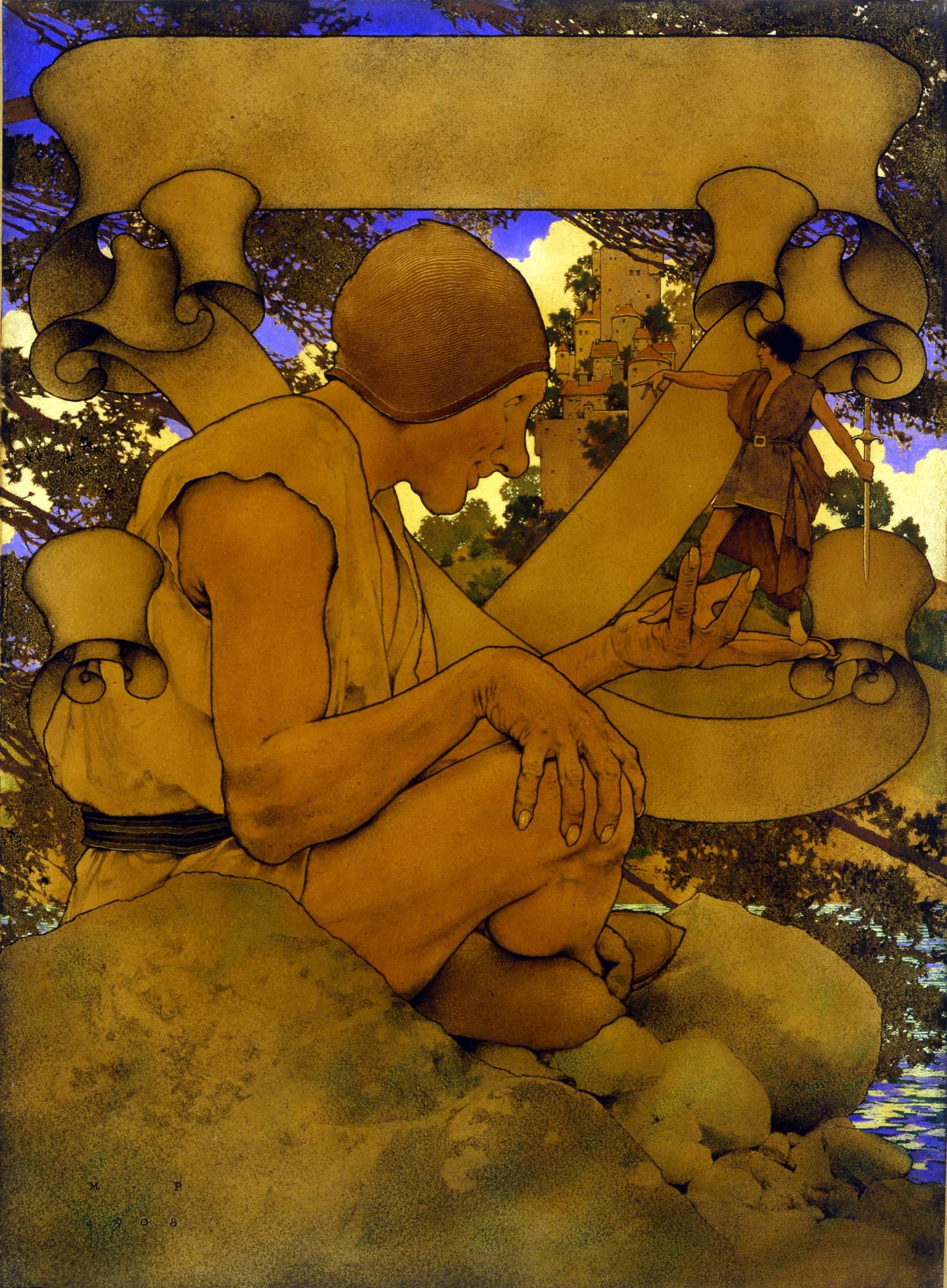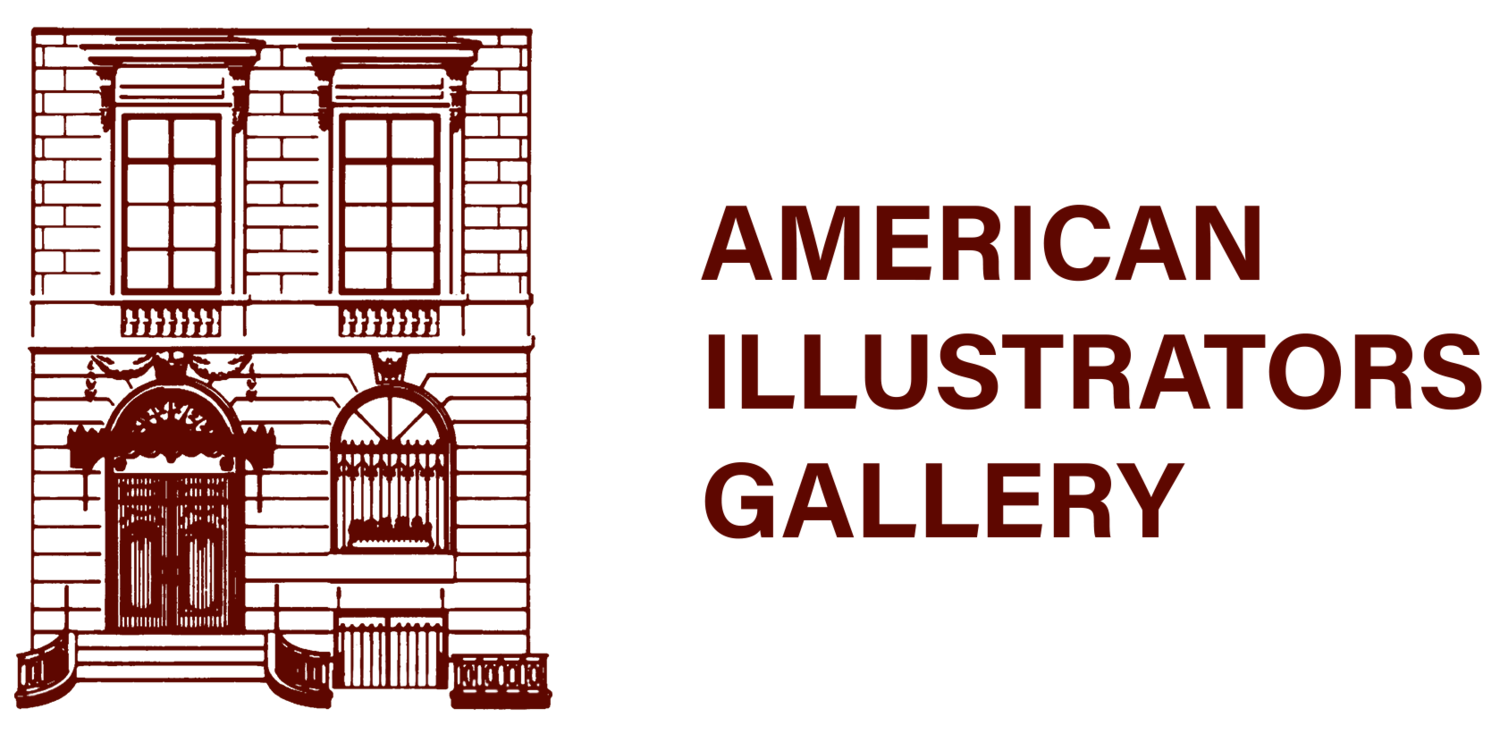

Maxfield Parrish Paintings and Prints
More than most artists, Maxfield Parrish’s images are already very well known individually, due to their long-standing proliferation on calendars, art prints, and the like. The road to Parrish’s famous and most popular art prints began in 1915 when he was commissioned by Clarence A. Crane of Crane’s Chocolates to design a candy box cover. It opened a whole new direction for Parrish’s career.
Perhaps Parrish’s greatest fame during his lifetime came from his art prints and calendars. At a time the first art prints and calendars were produced, they were offered in different sizes, making them suitable to post or frame and hang on just about any wall. They were clear and bold with uncomplicated subjects and easily understood titles with decidedly romantic subjects and overtones. They papered the walls of America in years gone by, and today reproductions are offered by an array of publishers and galleries, insuring Parrish’s fame for years to come.
Parrish’s work was brought to the attention of the Edison Mazda Lamp Division of General Electric, and he was quickly signed to a contract. Between the years 1918 and 1932, he produced illustrations annually for Edison Mazda to use in their calendars. The theme of the calendars was the study of the many facets of light, its history from the discovery of electricity to its natural phenomena as witnessed in nature’s surprises, reflections, and sunsets. Girls painted on rock outcroppings at various times of day enabled Parrish to carry the concept to its fullest potential. Ultimately Edison Mazda published over twenty million copies of his works, boasting that billions of people had seen their company message, since the calendars were seen every day, every place. Parrish’s images ultimately caused their company name to become synonymous with the name Maxfield Parrish.
In 1925, one out of every four households in the United States had a copy of Parrish’s art print Daybreak hanging in its living room. Reproductions of that print outsold every other artist of the times, with the exception of Cezanne and Van Gogh. From 1920 through the 1950s, millions of Parrish’s art prints were distributed, making him one of the most reproduced artists ever.
Maxfield Parrish: Paintings & Vintage Prints displays the original paintings alongside an extensive collection of the prints that embody the artist’s long career and extraordinary accomplishments. This collection displays Parrish’s lush coloristic effect with extraordinary detail that is broadly recognized by the American public, which continues to reward him with unrivaled popularity.













